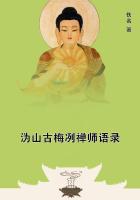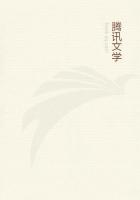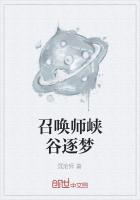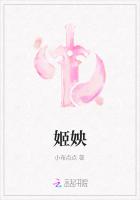Of horned animals the deer alone has a horn, or antler, hard and solid throughout. The horns of other animals are hollow for a certain distance, and solid towards the extremity. The hollow part is derived from the skin, but the core round which this is wrapped-the hard part-is derived from the bones; as is the case with the horns of oxen. The deer is the only animal that sheds its horns, and it does so annually, after reaching the age of two years, and again renews them. All other animals retain their horns permanently, unless the horns be damaged by accident.
Again, with regard to the breasts and the generative organs, animals differ widely from one another and from man. For instance, the breasts of some animals are situated in front, either in the chest or near to it, and there are in such cases two breasts and two teats, as is the case with man and the elephant, as previously stated.
For the elephant has two breasts in the region of the axillae; and the female elephant has two breasts insignificant in size and in no way proportionate to the bulk of the entire frame, in fact, so insignificant as to be invisible in a sideways view; the males also have breasts, like the females, exceedingly small. The she-bear has four breasts. Some animals have two breasts, but situated near the thighs, and teats, likewise two in number, as the sheep; others have four teats, as the cow. Some have breasts neither in the chest nor at the thighs, but in the belly, as the dog and pig; and they have a considerable number of breasts or dugs, but not all of equal size.
Thus the shepard has four dugs in the belly, the lioness two, and others more. The she-camel, also, has two dugs and four teats, like the cow. Of solid-hooved animals the males have no dugs, excepting in the case of males that take after the mother, which phenomenon is observable in horses.
Of male animals the genitals of some are external, as is the case with man, the horse, and most other creatures; some are internal, as with the dolphin. With those that have the organ externally placed, the organ in some cases is situated in front, as in the cases already mentioned, and of these some have the organ detached, both penis and testicles, as man; others have penis and testicles closely attached to the belly, some more closely, some less; for this organ is not detached in the wild boar nor in the horse.
The penis of the elephant resembles that of the horse; compared with the size of the animal it is disproportionately small; the testicles are not visible, but are concealed inside in the vicinity of the kidneys; and for this reason the male speedily gives over in the act of intercourse. The genitals of the female are situated where the udder is in sheep; when she is in heat, she draws the organ back and exposes it externally, to facilitate the act of intercourse for the male; and the organ opens out to a considerable extent.
With most animals the genitals have the position above assigned; but some animals discharge their urine backwards, as the lynx, the lion, the camel, and the hare. Male animals differ from one another, as has been said, in this particular, but all female animals are retromingent: even the female elephant like other animals, though she has the privy part below the thighs.
In the male organ itself there is a great diversity. For in some cases the organ is composed of flesh and gristle, as in man; in such cases, the fleshy part does not become inflated, but the gristly part is subject to enlargement. In other cases, the organ is composed of fibrous tissue, as with the camel and the deer; in other cases it is bony, as with the fox, the wolf, the marten, and the weasel; for this organ in the weasel has a bone.
When man has arrived at maturity, his upper part is smaller than the lower one, but with all other blooded animals the reverse holds good. By the 'upper' part we mean all extending from the head down to the parts used for excretion of residuum, and by the 'lower'
part else. With animals that have feet the hind legs are to be rated as the lower part in our comparison of magnitudes, and with animals devoid of feet, the tail, and the like.
When animals arrive at maturity, their properties are as above stated; but they differ greatly from one another in their growth towards maturity. For instance, man, when young, has his upper part larger than the lower, but in course of growth he comes to reverse this condition; and it is owing to this circumstance that-an exceptional instance, by the way-he does not progress in early life as he does at maturity, but in infancy creeps on all fours; but some animals, in growth, retain the relative proportion of the parts, as the dog. Some animals at first have the upper part smaller and the lower part larger, and in course of growth the upper part gets to be the larger, as is the case with the bushy-tailed animals such as the horse; for in their case there is never, subsequently to birth, any increase in the part extending from the hoof to the haunch.
Again, in respect to the teeth, animals differ greatly both from one another and from man. All animals that are quadrupedal, blooded and viviparous, are furnished with teeth; but, to begin with, some are double-toothed (or fully furnished with teeth in both jaws), and some are not. For instance, horned quadrupeds are not double-toothed; for they have not got the front teeth in the upper jaw; and some hornless animals, also, are not double toothed, as the camel. Some animals have tusks, like the boar, and some have not.

